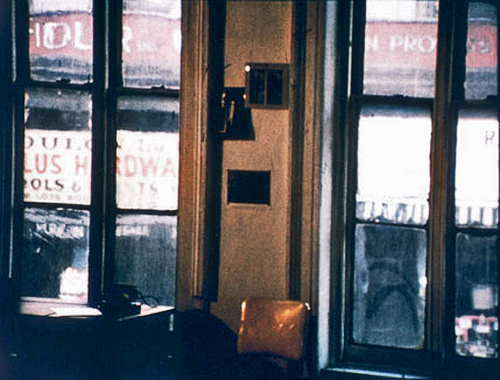
The subject sits in front of the interviewer and tells her sad story. The subject sits in front of the interviewer, over whose shoulder is aimed a camera, and tells her sad story. The subject sits in front of the interviewer, over whose shoulder is aimed a camera, behind which crouches a man squinting into a viewfinder, and tells her sad story. She hesitates when asked to say a little something about how it must feel to have gone through such an ordeal. It's still so hard to talk about. The man with the squinting eye reaches in two directions at once: one hand down between his legs, the other to curve around the zoom lens, trained on the subject, aimed from the outset of the interview so that a simple zoom will shrink the frame around her eyes in order to squeeze out a tear or preferably two.
And it starts. Her response to the difficult question. The rising action. His heart races. Her chin puckers. His fingers tug the tiny shaft. Her eyes look left and right. She tells her sad story. He moves in closer, close enough to feed upon the tears of wounded subjects. The interviewer tilts her head to the right and nods to keep the subject talking, and then shifts her notepad to the opposite knee so that, when the time comes, she can reach forward and pat the subject's hand, a comforting attagirl for a job well-done. It's a crucial moment. But the squinting man is in charge. His choice to begin zooming now, to draw the viewer into the miserable world of the subject, will govern the edit, will define the scene. When he stops zooming, the scene is over, but not before. It's his shot to get, and his to lose. He stands astride the very earth.




